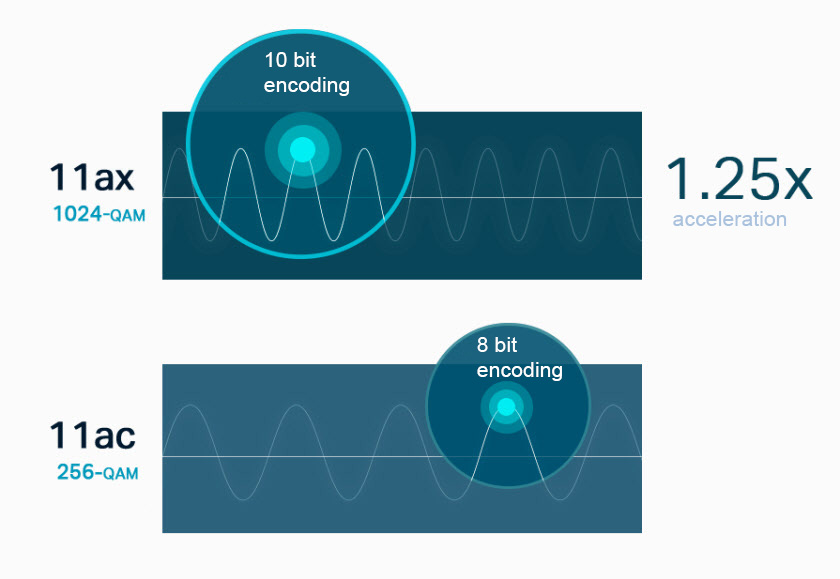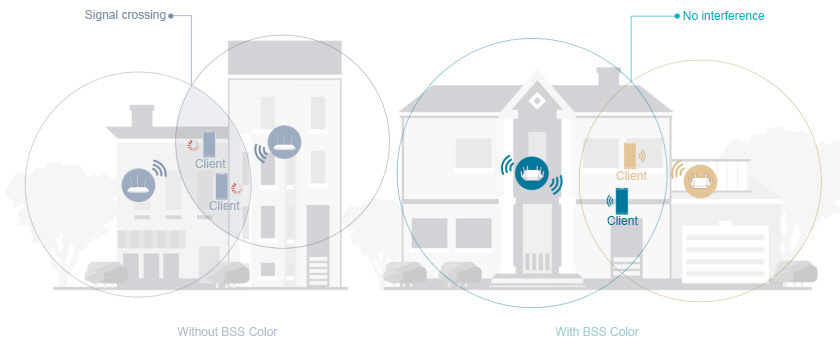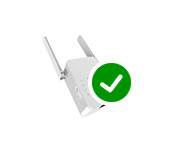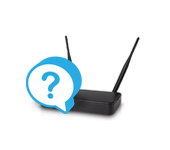Wi-Fi 6 (802.11AX) -What is it? All You Need to Know About the New Wi-Fi Standard

In September 2019, the Wi-Fi Alliance organization officially introduced the 802.11ax standard. It is also known as Wi-Fi 6 (new name). And as expected, in 2020, manufacturers of various networking equipment, mobile devices and computer equipment began to actively market devices with support for the new wi-fi standard. The 802.11ax standard replaced the previous 802.11ac standard. It was designed to improve wireless connectivity and solve some of the problems associated with the stability and congestion of Wi-Fi networks. The new wi-fi standard is an improved and finalized version of the 802.11ac standard.
wi-fi 6 and 802.11ax are the same thing. Just in the organization Wi-Fi Alliance decided to give simpler and clearer names for wi-fi standards. So the 802.11n standard became Wi-Fi 4, 802.11ac became Wi-Fi 5, and the new 802.11ax was called Wi-Fi 6. Everything is simple and clear.
The development of wireless networks is very fast. There is a need for higher data rates and the need to connect more devices. There are more and more access points that interfere with each other and create interference. The Wi-Fi Alliance specialists focused on solving these problems when developing Wi-Fi 6. What improvements were introduced in the new standard, how it affected the connection, stability and speed – we will consider in this article. I will try to explain in simple language. I will also answer the most popular questions related to Wi-Fi 6.
What’s new in Wi-Fi 6 and how is this standard better than the previous one?
We will consider 4 main improvements:
- Connection speed.
- Connection stability when connecting a large number of devices.
- Work in places with many neighboring networks (where there is strong interference).
- Energy efficiency.
Speed in Wi-Fi networks 6
Of course, everyone is primarily interested in connection speed. Wi-Fi 6 allows wireless connection at speeds up to 11 Gbps. But you should realize that the real connection speed will be much lower. Of course, the increase in speed compared to 802.11ac will be noticeable (almost 2 times). But there is one more important point here – the connection speed according to the tariff of your Internet provider. If you have a tariff of up to 100 Mbps, then 802.11ac is more than enough. If it’s up to 1 Gbps, then switching to Wi-Fi 6, of course, can increase the real connection speed, as using equipment that works on 802.11ac is unlikely to be able to squeeze out this gigabit over the wireless network.
The speed was increased by changing the algorithm of information encoding. If the previous standard used 8-bit coding of information, the new standard uses 10-bit coding.

The important point is that 802.11ax standard can work in the range of 2.4 GHz and 5 GHz.
Improved performance when a large number of devices are connected
The more devices connected to the router and the more they use the connection – the lower the speed and stability of the connection. In Wi-Fi 6, this situation has been greatly improved. Routers with support for older Wi-Fi standards can simultaneously exchange data with a maximum of several devices. Thanks to OFDMA technology, which appeared in Wi-Fi 6, it is possible to conduct parallel data exchange with a large number of devices. Shorter packets are transmitted, but to more devices. Graphics from TP-Link website:

This way, devices receive data packets simultaneously instead of waiting their turn. This greatly increases network bandwidth and connection speed. Especially when a large number of devices are connected to the router.
Improved performance in places with a lot of Wi-Fi networks
If not everyone, then many people know that neighboring Wi-Fi networks create interference and networks overlap with each other. This negatively affects the speed and stability of the connection. With the advent of support for the 5 GHz band it was possible to relieve the networks a little. But since routers with support for the 5 GHz band are very popular, in this range can also have problems with interference.
The BSS Color feature, which appeared in Wi-Fi 6, digitally signs each data packet with the digital signature of a specific network. That is, the router/receiver can distinguish between data packets from neighboring networks and simply ignore them. This reduces the impact of neighboring networks, even if they are on the same channel as your network.

Wi-Fi 6 also supports the 6 GHz band (Wi-Fi 6E). But the problem is that the 6 GHz band has an even shorter wavelength compared to 5 GHz. And that has a big impact on signal through obstacles. Simply put, network coverage in this band will be even less. And we know that if we compare the 2.4 GHz and 5 GHz bands, the latter is inferior in terms of network coverage. So in the case of 6 GHz, the situation is even worse.
Reduced power consumption
Target Wake Time is a feature that tells devices (clients) when they need to wake up to communicate with the access point. That is, devices are not always in standby mode and wasting energy, but only when they need to. This is especially true for mobile devices.
Answers to popular questions about 802.11ax Wi-Fi
I’m going to answer a few popular questions. If you have other questions about this topic, feel free to ask them in the comments. I will be updating this article to answer your questions.
Will I get better Wi-Fi coverage when I upgrade to 802.11ax?
No, network coverage (range) will not increase. This standard operates on the same 2.4 GHz and 5 GHz band. The range depends more on the power of the transmitter that is installed in the router. Well, and from the antennas. And in general, the power of all routers is about the same, as it is limited by the legislation of certain countries.
Should I buy a router with Wi-Fi 6 support in 2020?
In the article with recommendations for choosing a router in 2020, I did not recommend buying these routers yet. Why? The standard is very new. There is information on the web that the final approval of the Wi-Fi 6 standard is scheduled for mid-2020. Routers that are already on the market may be “raw”. I would wait until the beginning of 2021 and there already looked at what options are on the market and what you can buy. And the prices for this equipment should come down a bit.
But if you really want it and you have 802.11ax-capable devices, go ahead and buy it.
Is the Wi-Fi 6 router compatible with older devices?
Yes, full backwards compatibility. You can even connect an older 802.11g device to a new router that supports 802.11ax.

 How to Choose a Wi-Fi Signal Amplifier? Best Wi-Fi Repiters for an Apartment or at Home
How to Choose a Wi-Fi Signal Amplifier? Best Wi-Fi Repiters for an Apartment or at Home  What is a router? How IS Wi-Fi Router Different from the Router?
What is a router? How IS Wi-Fi Router Different from the Router?  Wi-Fi Internet in a private house. Selection of a Router, and Which Internet to Connect
Wi-Fi Internet in a private house. Selection of a Router, and Which Internet to Connect  Which Wi-Fi Router to Buy for a Home, Or Apartments? Choosing a Router
Which Wi-Fi Router to Buy for a Home, Or Apartments? Choosing a Router